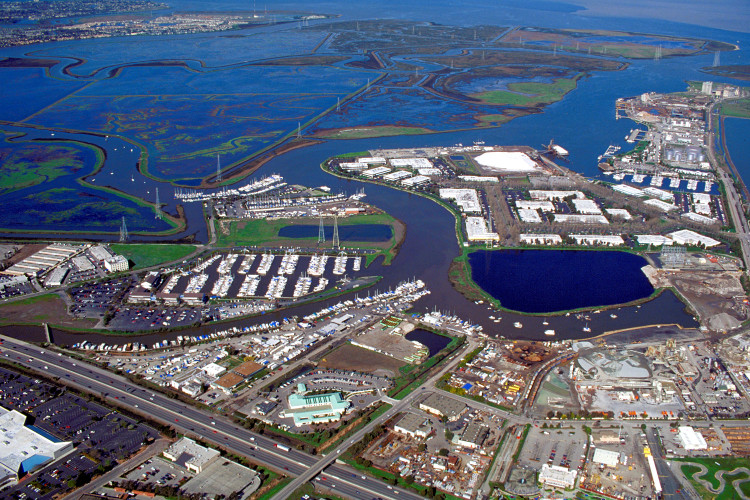While many are aware that Bay Area is the center of the global technology industry, this does not stop them from protecting themselves from the future.
According to Tech Crunch, the city council of Mill Valley has voted unanimously late last week. This small town can be found a few miles north of San Francisco and their said decision was done to effectively block the deployments of small-cell 5G wireless towers in the residential areas of the city.
The above-mentioned source revealed as well that the restrictions and prohibitions will be instantly executed for all the upcoming applications to site 5G telecommunications equipment in the city. After all, the urgency ordinance allows the city council to enact regulations right away, especially if it affects the health and safety of the community. On the other hand, the applications for commercial districts are allowed under the passed ordinance.
The ordinance was reportedly motivated by community concerns of the 5G wireless antenna's health effects. As for the opposition, there are over 145 pieces of correspondence from citizens that expressed how they're against the technology. This is in comparison to five letters supporting the proposal: with 29 to 1 ratio. Some may say that the number of people who voice out their opinion is not much, but the city's population is actually over 14,000.
Therefore, it only indicates one percent of the population had voiced their opinions on the matter. In the end, Blocks on 5G deployments are not new for Marin County. Other cities, such as Ross and San Anselmo have submitted similar ordinances designed to thwart 5G expansion efforts over health issues.
Unfortunately, the upcoming nationwide rollout of 5G is hugely affected by the restrictions on small cell site deployments. At the moment, the 5G standards are yet to be standardized. One model has broad traction in the telecommunications industry is to use so-called "small cell" antennas. According to the report, it is set to strengthen the bandwidth and connection quality, reduce the infrastructure and power costs.
The smaller antennas are easy to install and will be less obtrusive. This will reduce the concerns of urban preservationists to unsightly tower masts that have long plagued the 4G antennas' deployment in the community across the United States. One of the most important is the small cells emitting less radiation as they are not designed to provide wide coverage like traditional cell sites.
Furthermore, for the longest time, the telecom industry denied the connection between antennas and health outcomes.



